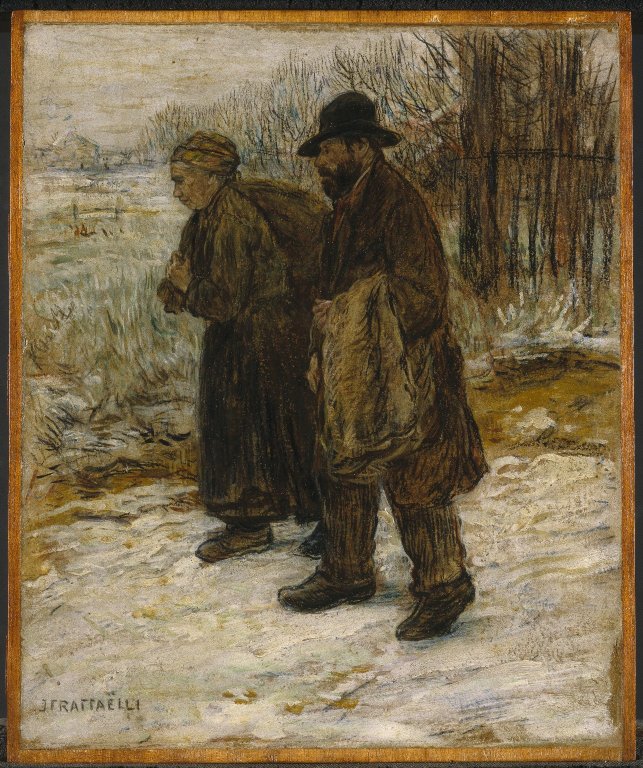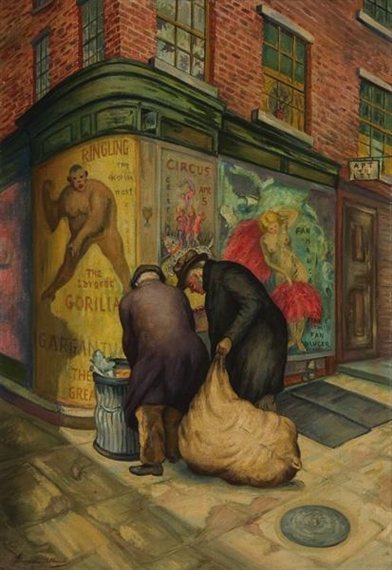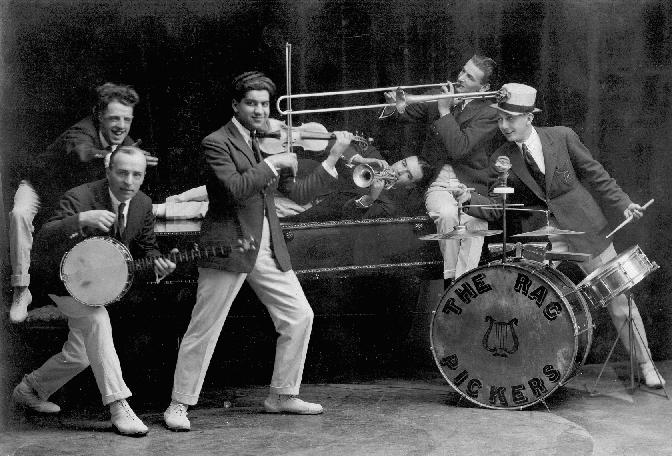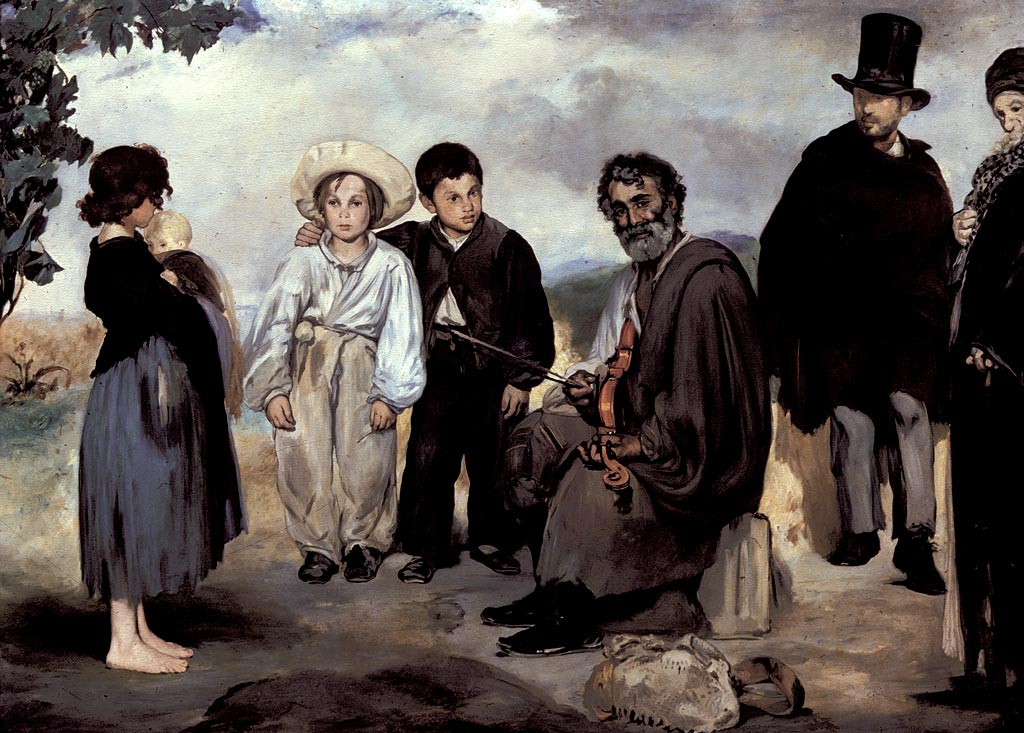There have been some famous lost manuscripts in the history of literature. There was Hemingway’s lost suitcase,Malcolm Lowry’s manuscript draft of Ballast to the White Sea was lost to fire in his shack near Vancouver, Plath’s 130 page draft of Double Exposure mysteriously disappeared- ask Ted Hughes- and Jack Kerouac disliked the ending of On The Road and apparently tore off the end of his manuscript scroll. T.E. Lawrence lost what he regarded as a more authentic version of The Seven Pillars of Wisdom, and Thomas Carlyle had his History of the French Revolution used as kindling by J.S. Mill’s cleaning lady. I hope she was Irish. Not to disparage the above, perhaps the greatest loss was the last manuscript of Walter Benjamin….
The unsolvable riddle of the black bag. The manuscript that crossed the frontier and then mysteriously disappeared. Someone was not telling the truth.The briefcase, the idea of the briefcase, an image of the briefcase, had become a relic made all the more powerful and intense by its disappearance.
…When I got to her place a little later she told me how excited Rolf Tiedemann became when she told him of Benjamin lugging a heavy black briefcase across the Pyrenees, saying it contained his most important work. “I cannot risk losing it,” Benjamin had said. “It is the manuscript that must be saved. It is more important than I am.”

Jean Francois Raffaelli. Parisian Rag Pickers. ---High quality global journalism requires investment. Please share this article with others using the link below, do not cut & paste the article. See our Ts&Cs and Copyright Policy for more detail. Email ftsales.support@ft.com to buy additional rights. http://www.ft.com/cms/s/2/b45c6e56-c3c9-11dc-b083-0000779fd2ac.html#ixzz1cEXT3unw More perhaps than any other writer, Benjamin’s thought is not so much in what he wrote as in what he collected: apparently banal everyday oddities. A favourite image of his is the rag-picker. In Benjamin’s words: “Here we have a man whose job it is to gather the day’s refuse in the capital. Everything that the big city has thrown away, everything it has lost, everything it has scorned, everything it has crushed underfoot he catalogues and collects.” Read More:http://www.ft.com/intl/cms/s/2/b45c6e56-c3c9-11dc-b083-0000779fd2ac.html#axzz1cEWGjGmj image:http://www.brooklynmuseum.org/opencollection/objects/4656
After seven years of exile in different parts of Europe (with 28 changes of address), the last passage of Walter Benjamin’s life was to Portbou. His death has been surrounded by unanswered questions and conflicting hypotheses. For many years the exact site where he was buried in the cemetery was not even known. Then in 1991, with the research involved in making the film The Last Frontier and the construction of the Memorial by Dani Karavan, official documents came to light in Portbou Town Hall that have cleared up some of the doubts about the exact circumstances of Benjamin’s death….Read More:http://walterbenjaminportbou.cat/en/content/el-darrer-passatge
…Benjamin left Paris in May 1940, passed through Lourdes, and in mid-September reached Marseilles, where he had friends. He met up with Hannah Arendt and her husband Heinrich Blücher, with Arthur Koestler and with Hans Fittko, an old acquaintance who dashed his few remaining hopes of sailing from there to the United States. I’ll give you the address of my wife, Lisa, who has settled in Port-Vendres. She will help you. The only way to get out of France is to do so clandestinely through the mountains. After many difficulties, in Marseilles Benjamin obtained a visa from the U.S. consulate authorizing his entry into the United States, where he hoped to join his friends Horkheimer and Adorno and resume the work of the Frankfurt School in America. He had only one option: to get into Spain over a pass in the Pyrenees, cross the whole country to reach Portugal, and from there sail for America. This was the route taken by many refugees….

---Thomas Attardi.---High quality global journalism requires investment. Please share this article with others using the link below, do not cut & paste the article. See our Ts&Cs and Copyright Policy for more detail. Email ftsales.support@ft.com to buy additional rights. http://www.ft.com/cms/s/2/b45c6e56-c3c9-11dc-b083-0000779fd2ac.html#ixzz1cEYWI3cL Benjamin read the modern era from its refuse: cityscapes, word puzzles, quotations from forgotten books, Russian toys, shopping arcades. He believed, writes Leslie, “that contemporary literacy has less to do with the ability to read words and more to do with reading images”. We remember him not so much for any of his insights, but for his way of seeing. He was possibly the first great intellectual to turn his gaze downwards, towards popular culture and the everyday.--- Read More:http://www.ft.com/intl/cms/s/2/b45c6e56-c3c9-11dc-b083-0000779fd2ac.html#axzz1cEWGjGmj image:http://www.mutualart.com/Artwork/The-Rag-Pickers/27D76B20ACD82639
…Despite the difficulties of the route and Benjamin’s poor physical condition (he was 48 years old and had heart disease) it was evidently the only way….
…In Portbou, Benjamin and the Gurlands presented themselves to the police in the railway station, where they were told they were being refused entry into Spain. They would be handed over to the French authorities the following day, which meant their subsequent surrender to the Nazi authorities. Under police surveillance, they stayed the night at the Hostal França, now long closed. In room number 3, Walter Benjamin made some telephone calls, and then took a strong dose of morphine (he had brought it with him from Marseilles). The next morning — 26 September 1940 — his dead body was found on top of the bed. He was 48 years old….Read More:http://walterbenjaminportbou.cat/en/content/el-darrer-passatge

---High quality global journalism requires investment. Please share this article with others using the link below, do not cut & paste the article. See our Ts&Cs and Copyright Policy for more detail. Email ftsales.support@ft.com to buy additional rights. http://www.ft.com/cms/s/2/b45c6e56-c3c9-11dc-b083-0000779fd2ac.html#ixzz1cEaGIK2f Yet Benjamin said and thought so much else, if usually in fragments. Here is his remark “on the concept of history”, written on the back of a lunch bill: “Marx says revolutions are the locomotives of world history. But perhaps it is quite different. Perhaps revolutions are what happens when the humanity travelling in this train snatches at the emergency brake.”--- Read More:http://www.ft.com/intl/cms/s/2/b45c6e56-c3c9-11dc-b083-0000779fd2ac.html#axzz1cEWGjGmj image:http://www.jabw.demon.co.uk/stanleyjones.htm
…If they had arrived a day earlier, they would not have been refused entry to Spain: a change of orders had been received that very day. If they had arrived a day later, they would probably have been allowed in. The Gurlands, at any rate, Benjamin’s travelling companions, were permitted to continue their journey, although perhaps this was due in part to the impact made on the local authorities and police by the death of ‘the German
tleman’. A few days later, Henny and her son Joseph boarded a ship for America….…In October 1940, four weeks after Benjamin’s death, Max Horkheimer sent a letter to the local authorities requesting precise details of the death of ‘the German gentleman’, thus providing a clue to his identity. Horkheimer received a reply noting the death from heart failure of Sr. Walter and that he had some few papers with him….

Rag Picker Toronto. 1912.---Yet Lisa Fittko remembered how heavy that bag had been. How could a watch, a pipe, some spectacles, and a few papers weigh anything? “We would have to drag that monster across the mountains,” she said. Up the mountain they went, along the Route Lister, a smuggler’s path set back from the sea and named after the famous Republican general of the Spanish Civil War who led his troops along this same path. In her memoir she notes that Benjamin “breathed heavily, yet he made no complaint, not even a sigh. He only kept squinting in the direction of the black bag.” Read More:http://www.press.uchicago.edu/Misc/Chicago/790045.html image:http://en.wikipedia.org/wiki/File:Jewish_rag_picker,_Bloor_Street_West.jpg
…However, no aspect of Benjamin’s death is definitively closed. One hypothesis holds that Benjamin was killed by Stalinist agents (the full arguments of this hypothesis is collected by Stuart Jeffries in his article ‘Did Stalin’s killers liquidate Walter Benjamin’ (The Observer, 8 July 2003). What is more, his guide across the mountains, Lisa Fittko, who died in 2005, referred on many occasions to the suitcase with a manuscript that Benjamin jealously guarded as a valuable treasure. Did it contain his final manuscript? The suitcase was never found: its fate is unknown, and in the judge’s report of the property of the deceased there is no mention of any manuscript….Read More:http://walterbenjaminportbou.cat/en/content/el-darrer-passatge
Taussig:His friend Theodor Adorno had this in mind when he wrote a decade after his death that the gaze of Benjamin’s philosophy was Medusan, meaning it turned to stone whatever it looked at. But, added Adorno, this was part of a larger strategy, namely, the need to become a thing in order to break the catastrophic spell of things….

Edouard Manet. ---Here Manet has painted characters from this area he called “a picturesque slum.” Most are real individuals. The seated musician is Jean Lagrène, leader of a local gypsy band who earned his living as an organ grinder and artist’s model. The man in the top hat is Colardet, a rag-picker and ironmonger. At the right a man named Guéroult is cast as the “wandering Jew,” the prototypical outsider. In their poses and dress, several figures recall those of Velázquez or the peasants painted by French seventeenth-century artist Louis Le Nain, whose works Manet would also have seen during his studies in the Louvre. Read More:http://arthistoryx.tumblr.com/post/2930597466/arthistorianh-edouard-manet-le-vieux-musician
…It is important to recall such ideas here because with Benjamin’s own death strong narratives assert themselves to wrest control of that death, narratives that have little to do with the ideas he laid down in his life’s work or that subtly contradict it. Didn’t Benjamin himself in his famous essay on the storyteller spend a good deal of time propounding the thesis that it is death that gives authority to the storyteller? In the shadow of 9/11 none of us need to be reminded on that score. Taken a step further we might even assert that this is what scares us about death yet tempts us as well, as if the story can be completed yet also amputated by the absence that is death, forever postponing the end to the story that was a life. We want that authority for our own story, nowhere more so than when interpreting a death and, of course, its body.Read More:http://www.press.uchicago.edu/Misc/Chicago/790045.html …
…As indication of his eccentricity, take “One-Way Street” where he writes: “If the theory is correct that feeling is not located in the head, that we sentiently experience a window, a cloud, a tree not in our brains but, rather, in the place where we see it, then we are, in looking at our beloved, too, outside ourselves.” ( ibid.)
—————————-
To Tiedemann, a previously inconspicuous statement in the message conveyed by Gurland to Adorno now became a clue to the manuscript. From memory, Gurland reconstructed Benjamin’s words as follows: “Je vous prie de transmettre mes pensées à mon ami Adorno.” Tiedemann came to believe that these “pensées” were not just “thoughts” but a written work. He concluded that the “pensées” must have been the manuscript “of which Lisa Fittko reports.”
Tiedemann even described the manuscript: a text of a few sheets, “indeed appropriately characterized as pensées; which Benjamin feared losing, if he did not succeed in smuggling them out of France; and which he finished while he was still in Paris. One text that fulfills all of these conditions is his theses ‘On the Concept of History.’”
Scholem also considers it a “nearly inescapable” conclusion that “there was a manuscript by Benjamin.” He believes it contained the “definitive formulation of his thoughts for a planned major work.” To explain the disappearance of the manuscript, Scholem conjectured that Gurland must have destroyed it. But if Benjamin did write an important manuscript during the final months of his life, why did he not mention it in his last two letters to Adorno and Hannah Arendt? Read More:http://www.wbenjamin.org/links3.html





 COMMENTS
COMMENTS